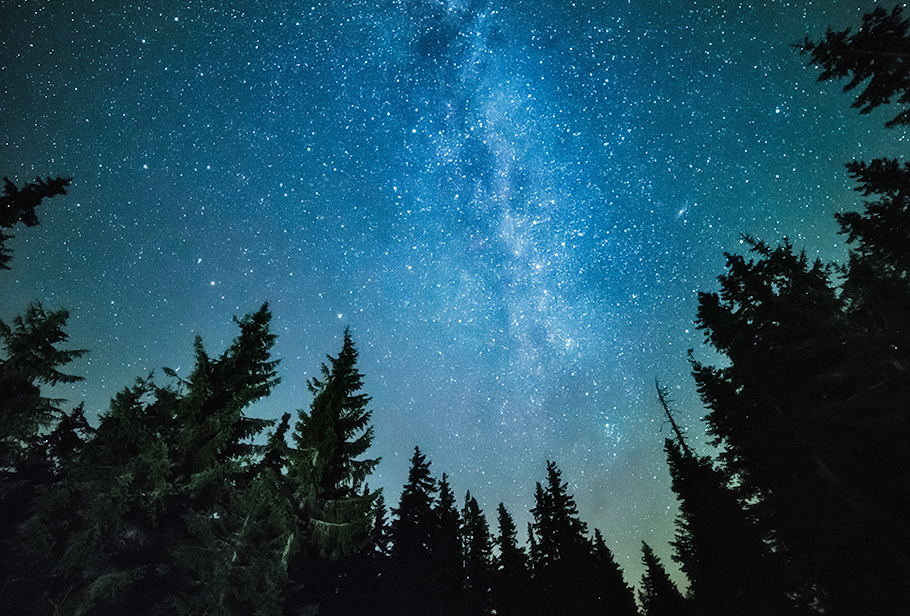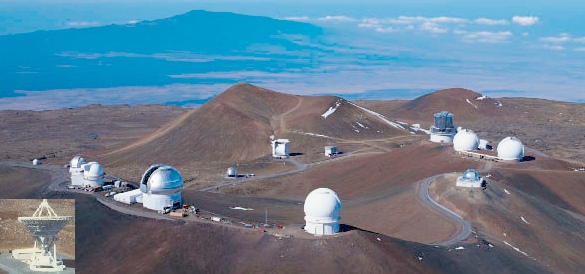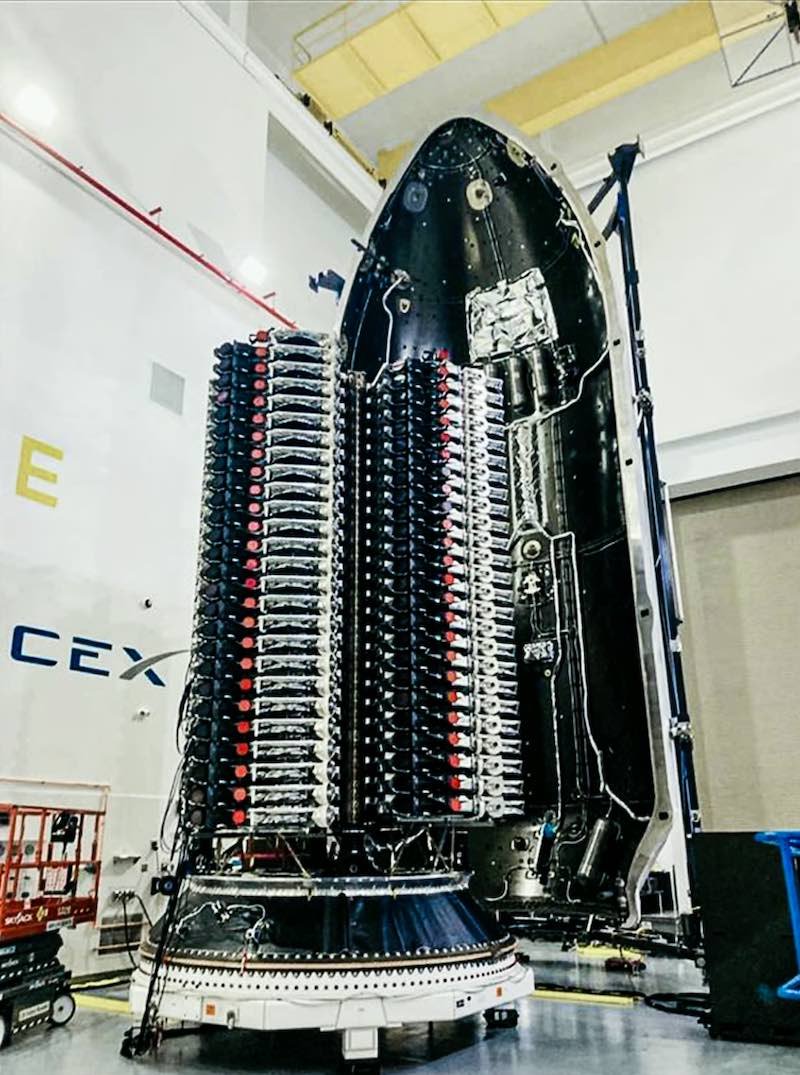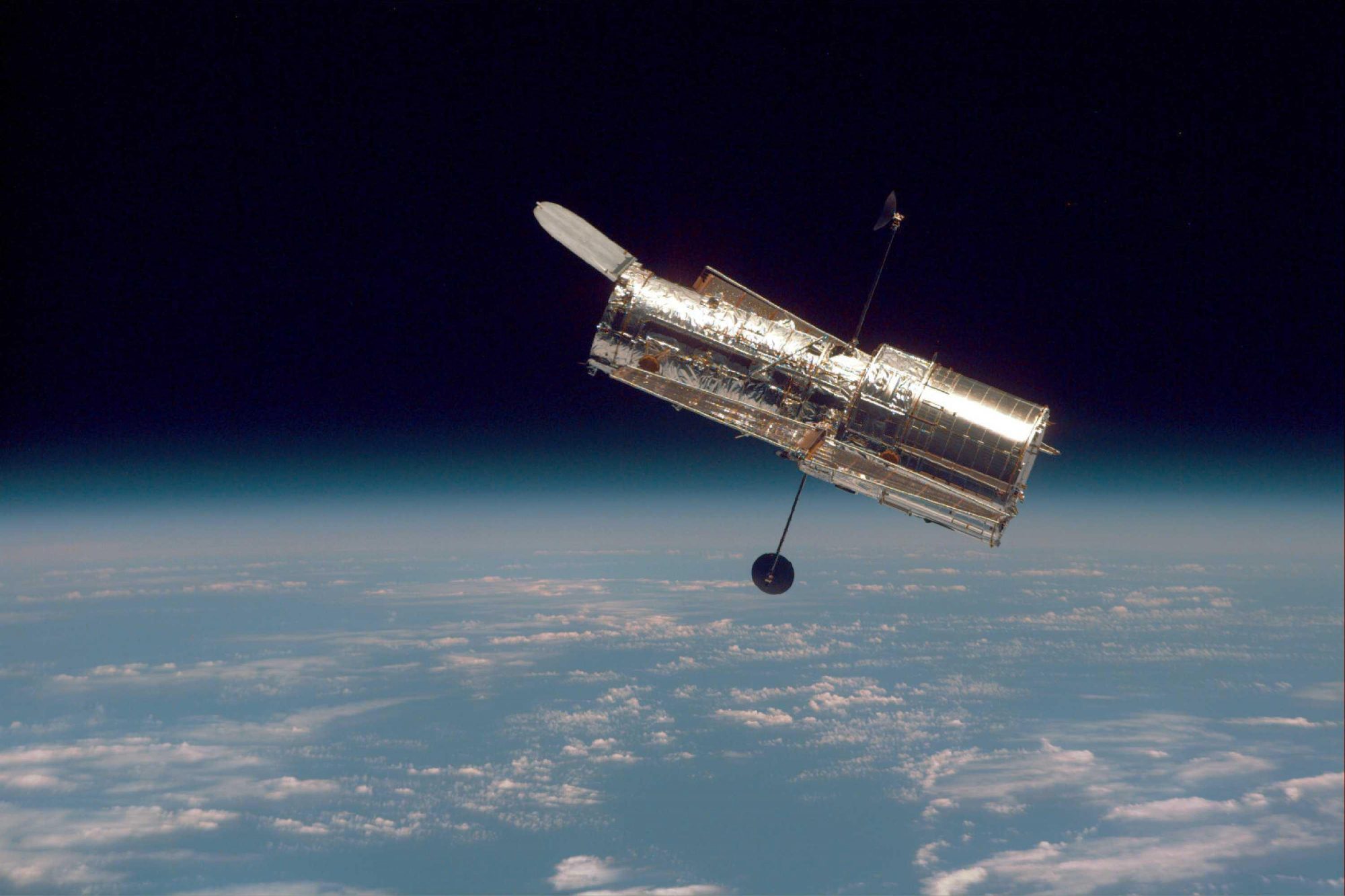Even a casual reader of this blog will know that I’m one of those people who likes to look up at the night sky. Seriously, given the choice between watching some banal sitcom or gazing at the Moon, the stars and the planets you’ll find me outside every night surveying the heavens. In fact right now Venus, Jupiter and Mars are all easily visible in the early evening.

At the same time I also enjoy finding Low Earth Orbiting (LOE) satellites as they pass overhead here in Philadelphia in the early evening or just before dawn. The easiest to spot is the International Space Station (ISS) which I’ve seen now hundreds of times but I’ve also seen China’s Space Station (CSS) a couple of dozen times, the space shuttle back when it was flying, Space X’s Dragon capsule along with the Air Force’s secret shuttle the X37B, some communications satellites and Earth observation satellites. Those last are really cool because unlike the others they are in polar orbits. I even remember one time as a kid when I was on a Boy Scout camping trip and the Echo 2 satellite passed overhead as we were sitting around the campfire.

If you’d like to try to observe some of these satellites as they fly overhead here are a couple of web sites that will get you started: https://spotthestation.nasa.gov/
Now for each of those satellites that are big enough and bright enough for me to see with my naked eye, and despite the light pollution of living in a big city, there are probably a hundred smaller satellites that are also orbiting the Earth along with a lot of space junk. In fact NASA keeps track of 8,000 objects that are orbiting the Earth.

To me those satellites are just more interesting objects to look at in the sky but to professional astronomers they are a real nuisance, and becoming more and more of a problem with time. Just imagine, you’ve been given a precious few hours of observing time on a big telescope that cost millions of dollars, you go though all the steps of pointing the ‘scope at the object you wish to study, spend hours gathering the light of the object, only to have your observation ruined by a streak of light from some passing satellite.

And that problem is growing as more and more satellites are being launched. In fact Space X has over the past (two) years has begun placing and entire fleet of its Starlink satellites into orbit to provide Internet service anywhere in the world. Each time a Falcon 9 rocket is launched for Starlink another 50 satellites are placed in orbit, 50 more objects that could impact astronomical observations.

Meanwhile Blue Origin plans on establishing its own fleet of 3,200 Internet satellites while AST Spacemobile intends to launch 100 or more Bluebird satellites. The first of the Bluebird satellites, a prototype designated as Bluewalker3 already has astronomers worried about what is to come. You see, once in orbit Bluewalker3 unfolded into a 64 meter square communications array that is almost as bright as the ISS. A hundred such satellites could be devastating to science.

Worse yet the problem doesn’t only affect visual light telescopes, the radio signals emitted by all of those satellites also interfere with the observations being made by Radio Telescopes. As companies like Space X continue to make putting a satellite into orbit cheaper and engineers find more and more uses for satellites in LOE the problem of interference can only grow worse.

In the long term the only real solution is the one that Science Fiction writers like Arthur C. Clarke suggested all the way back in the 1950s, astronomical instruments themselves need to go into space. In fact with space telescopes like Hubble, the Chandra X-ray telescope and now James Webb the most important discoveries are already being made by space telescopes. Getting telescopes out of the fog caused by Earth’s atmosphere has been a dream of astronomers for over a hundred years.

Starting a few decades from now we will probably see the first actual observatories being constructed on the Moon not far from the first manned bases. Observatories on the Moon, particularity the far side, will not only escape the interference from LOE satellites but also city light pollution and, for radio telescopes electromagnetic interference from TV and radio stations as well. And having telescopes on the Moon, where they can be serviced and repaired from nearby Lunar bases, would be a big advantage over having them orbiting in space, remember the problems Hubble had at first and the dramatic shuttle mission to fix it.

So observatories on the Moon is almost certainly the long term solution but the transition period will be a long and hard one as numerous important observations are ruined by the streaks of light caused by Earth orbiting satellites, space pollution if you like.
